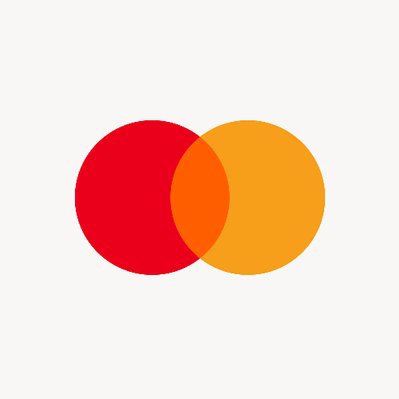
Mastercard Product Designer (Engineering) Case: Global Checkout + Network Tokenization
This 75-minute, live case mirrors Mastercard’s case interview style and culture (Decency Quotient/DQ, privacy-by-design, and global scale). You will design an end-to-end ecommerce checkout that adopts Click to Pay (SRC) and network tokenization (MDES) to improve authorization rates and conversion while reducing fraud and unnecessary disputes. What the case covers at Mastercard: - Problem framing and business outcomes: Align on success metrics tied to payments (e.g., +X% checkout completion, +Y bps auth lift, lower false-decline and chargeback rates) while upholding Mastercard’s principles of safe, simple, smart, and accessible experiences. - Ecosystem mapping: Identify all actors and constraints across a two‑sided network—cardholder, merchant, PSP, acquirer, issuer, and Mastercard services (3-D Secure/Identity Check, Decision Intelligence, Ethoca Consumer Clarity/Alerts, MDES tokens). Show how signals flow and where design can reduce friction. - Core flows and edge cases: Sketch happy-path guest checkout with Click to Pay, card-on-file with network tokens, 3DS 2.x step-up and frictionless flows, SCA exemptions (EEA), cross-border use, fallback to PAN entry, retry and error states, and recovery paths under poor connectivity. - Data responsibility and compliance: Demonstrate privacy-by-design and PCI scoping awareness; specify what data is collected, minimization/retention, consent, and localization for GDPR/CCPA. Call out accessibility (WCAG 2.1 AA) considerations for forms, challenges, and receipts. - Dispute prevention and transparency: Use enriched merchant descriptors and digital receipts (e.g., via Ethoca Consumer Clarity) to curb friendly fraud; outline when to guide users to self-service vs. initiating a dispute. - Globalization: Address localization (currencies, address formats, RTL languages), accessibility across devices and bandwidth, and regional regulatory nuances. - Design system integration: Show how you would leverage or extend Mastercard’s design language, tokens, and component library for consistency and engineering efficiency. - Measurement and experimentation: Define a tracking plan (events for each key step), core metrics (auth rate, challenge rate, checkout completion, fraud/chargeback rates, CSAT/effort), experiment hypotheses (A/B) and a usability test plan that includes vulnerable users. - Collaboration and DQ: Explain trade-offs with engineering, risk, fraud, legal, and privacy; articulate stakeholder alignment, decision logs, and how DQ shapes choices (e.g., fair defaults, clear consent, inclusive copy). Format and timing: - 10 min: Brief + clarifying questions. - 35 min: Whiteboard/wireframe key flows, information architecture, and system interactions. - 15 min: Deep dive on risk, privacy, accessibility, and global edge cases. - 10 min: Metrics, experiment plan, and reflection on DQ-driven trade-offs. Artifacts expected: Low-fidelity wireframes for key screens (guest checkout, 3DS challenge, error states), a simplified system/sequence diagram, a brief measurement plan, and a short rationale for accessibility and data-responsibility decisions. What interviewers evaluate: Payments literacy and systems thinking, ability to design for security without sacrificing usability, clarity under constraints, evidence-based reasoning with metrics, inclusive design mindset aligned to Mastercard’s DQ, and practicality for handoff to engineering.
8 minutes
Practice with our AI-powered interview system to improve your skills.
About This Interview
Interview Type
PRODUCT SENSE
Difficulty Level
3/5
Interview Tips
• Research the company thoroughly
• Practice common questions
• Prepare your STAR method responses
• Dress appropriately for the role